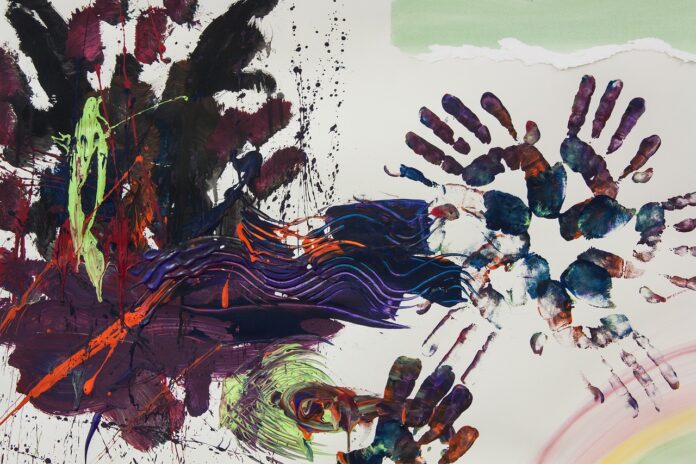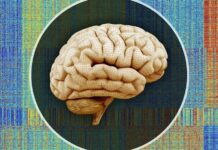What is Art Therapy?
Art Therapy is a form of therapy that uses image-making with different art materials within a supportive relationship with the therapist to explore thoughts, feelings, patterns, and issues of concern to support growth, recovery, change, and healing. Art Therapy is not about the creation of skillful work, but about finding one’s own way of expressing emotions and images from within a safe and confidential environment,
HOW DOES IT WORK?
When the mind is focused on creating, there is less room for stress and worry. From here, individuals can “detach” from, and process challenging and emotional experiences.
HOW TO PRACTICE ART
Adult Colouring Books
- Play and explore with different pencils, markers, and crayons, as well as color concepts
- There are no rules with coloring books- you don’t even have to color in between the lines.
- Observe how you feel after each coloring session
- Reflect on any emotions or thoughts that may have come up. Journaling –
- Using any materials of your choice, draw a random image
- After creating this image, take a moment to examine your artwork
- What do you see? What response does your art evoke in you?
- Now, create a written response to your art Try to write a stream of consciousness, not stopping to analyze your writing.
Free Form Scribble
- Use chalk pastels, crayons, or markers to scribble on blank paper
- Scribble without judgment or analysis. You can close your eyes if that helps.
- Experiment with scribbling using your dominant and non-dominant hand.
- See if there are any shapes or figures that emerge.
- Feel free to develop any images further, by adding color, or adding more detail.
Benefits of Art Therapy
-
Appreciation
Art helps us to revisit the value of ordinary things like the pretty colours in a splash of morning light on a Lube cloth or the femur and nostalgic aspects of old beer cans. Art embraces appreciation
-
Growth
When we see a picture of something we haven’t personally experienced or of an emotion that we don’t have a personal context for, we can take the time to think about it react to it, and empathize with it. Art promotes self-growth.
-
Self Understanding
Art helps us to complete our own unformed thoughts and ideas. We have an aha moment when we see a piece of art that perfectly captures a feeling or thought we have had that we couldn’t express.
- Re-balancing Our day to day lives influence the balance through art by taking a moment to observe, judge, and appreciate things we don’t normally see and our responses to them
-
Memory
Art focuses on the essence of the scene rather than the whole of it homes in on what is most memorable from the scene the artist was viewing Art records and preserves emotions – Hope Art can move us to tears. Beautiful art can bring tears of joy experiencing such heart-warming feelings about it encourages us to hope for the same thing for our- selves
- Sorrow Art doesn’t just increase our capacity for joy. It validates our sorrows Art provides a different perspective or “vantage point from which to survey our own sadness, and find a way to deal with it.
Also Read: How to Get Sponsors for YouTube?







